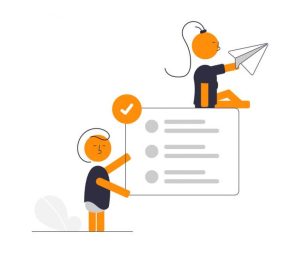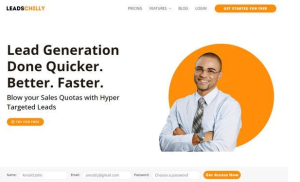When it comes to getting the best data on your customers, you want to make sure you’re using the right tool for the job. ZoomInfo is one of the most popular business intelligence platforms out there, but it doesn’t come at an inexpensive price. Fortunately, there are plenty of affordable alternatives to ZoomInfo that offer..









